Researchers have developed efficient catalysts by combining palladium with organic molecules, significantly reducing the cost of hydrogen fuel production.


Researchers have developed efficient catalysts by combining palladium with organic molecules, significantly reducing the cost of hydrogen fuel production.

This new high-tech window glass reflects heat and radiates excess warmth into space, slashing air conditioning energy use by up to 40%.
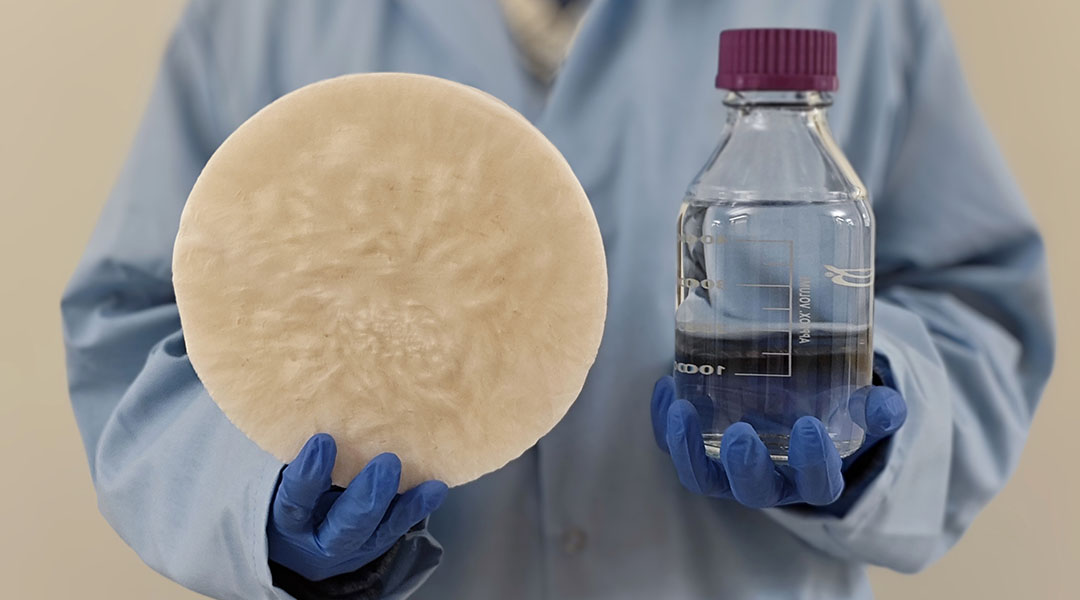
A new hydrogel extracts water from the air, offering a sustainable alternative to bottled water and addressing global water shortages.
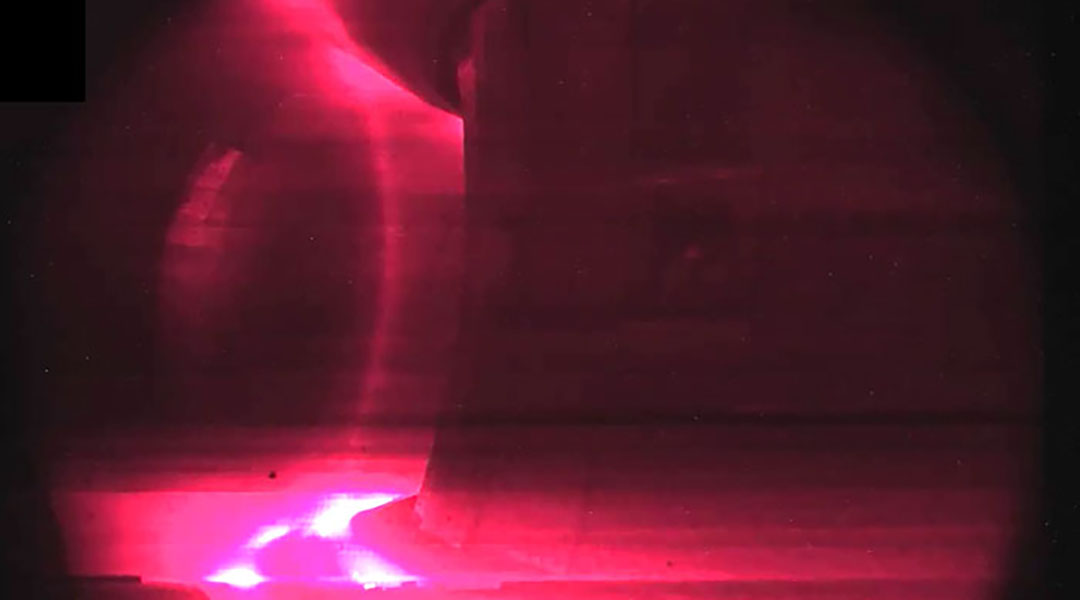
Scientists at the WEST tokamak in France set a new plasma duration record, bringing us closer to achieving nuclear fusion for clean energy.
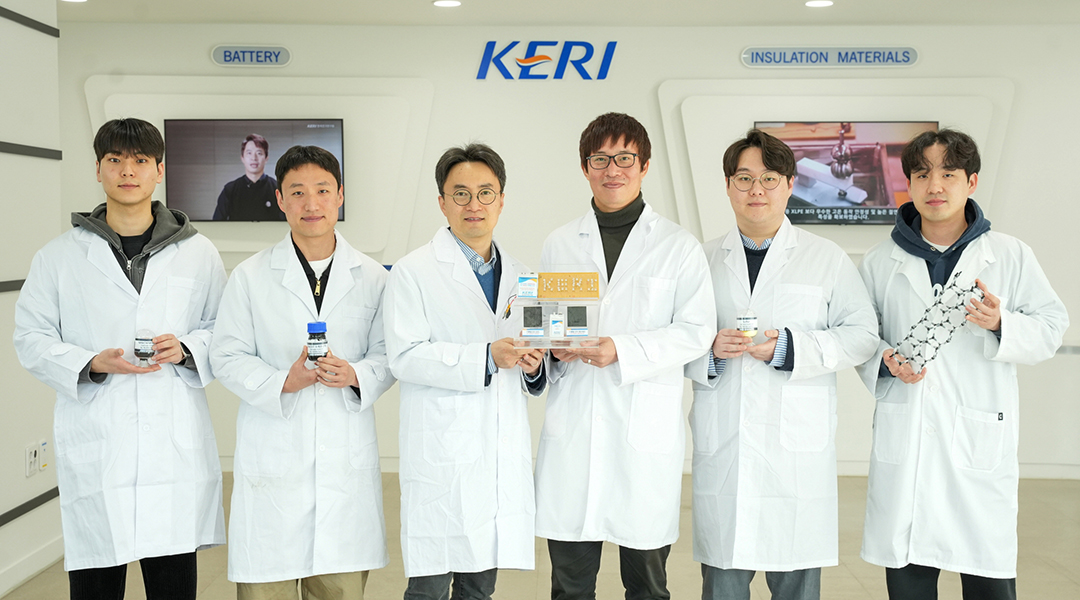
A new battery design could overcome obstacles to making batteries with more energy storage capacity and a lower environmental footprint.
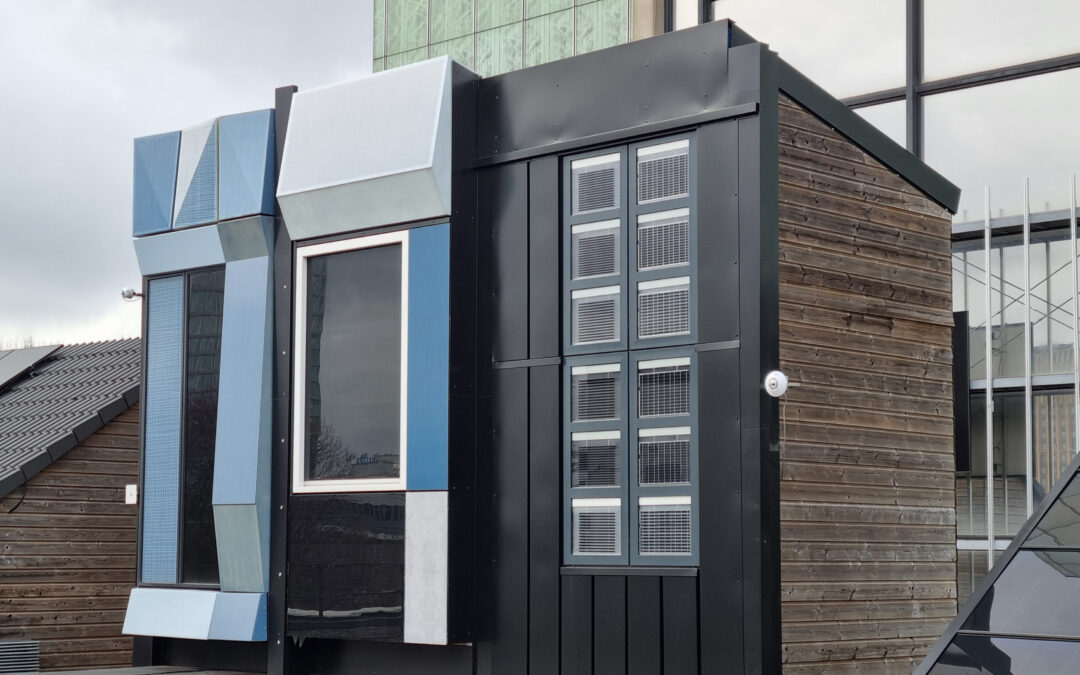
The innovative windows generate energy while shading building interiors from the sun, improving indoor comfort and energy efficiency.

Transparent solar concentrators capture the Sun’s energy, making windows and building facades more energy-efficient and sustainable.

Researchers develop a device that generates clean energy from food waste, using banana peels and coconuts to power communities sustainably.

Combining agriculture with solar energy, agrivoltaics offers a promising solution to reduce carbon emissions while boosting food production.
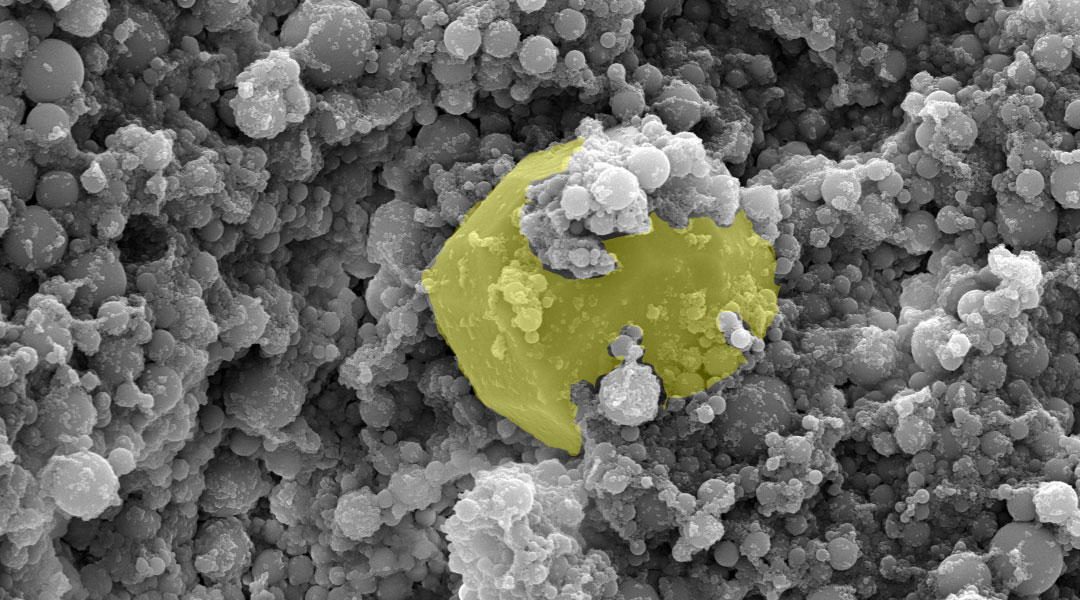
A new approach to radiative cooling blends practicality with aesthetics, advancing this crucial technology for a warming world.